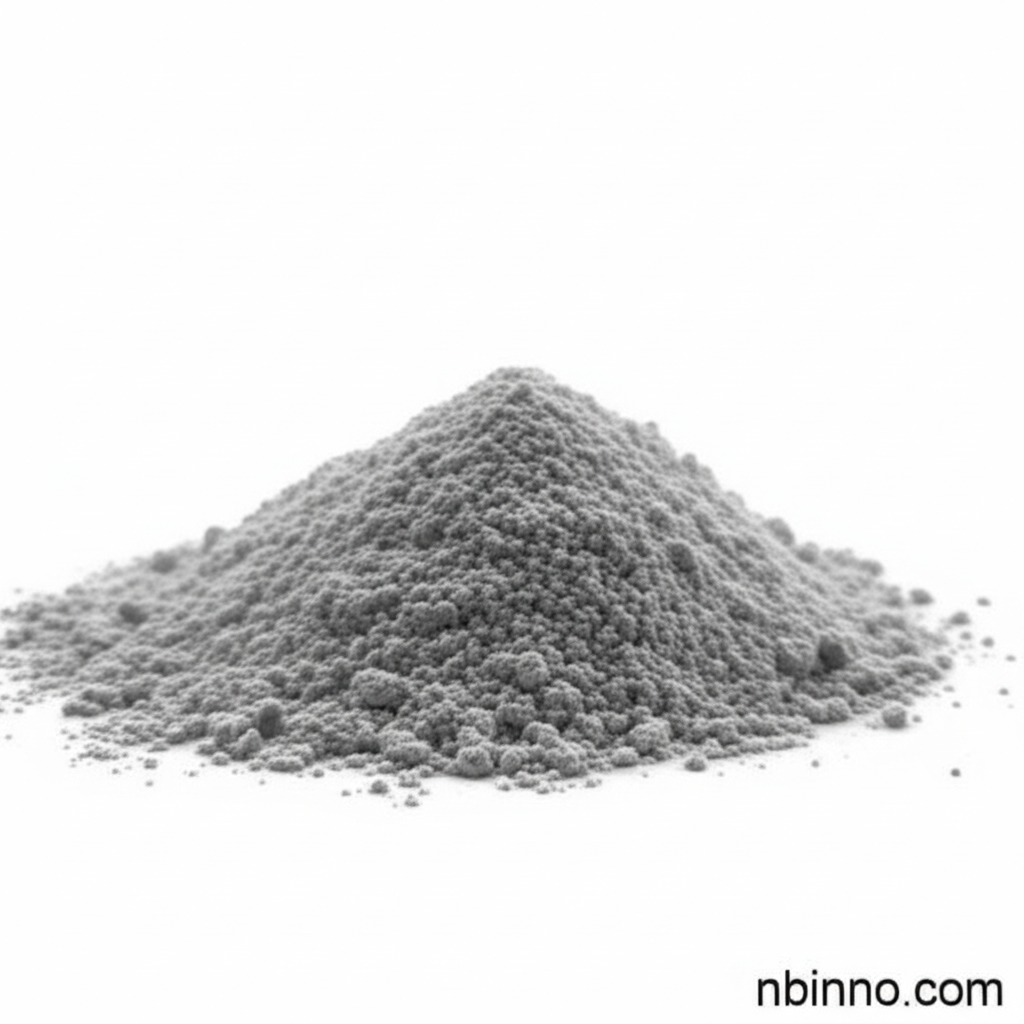Pyridine-2,5-dicarbonitrile: A Key Material for Advanced Organic Electronics
Exploring the synthesis, photophysical, and electrochemical properties of pyridine-based dinitriles for next-generation OLEDs.
Get a Quote & SampleProduct Core Value

Pyridine-2,5-dicarbonitrile
This compound is a crucial building block in the field of materials chemistry, particularly for the development of heavy-metal-free organic light-emitting diodes (OLEDs). Its unique pyridine-3,5-dicarbonitrile moiety allows for efficient intramolecular charge transfer (ICT) and exhibits thermally activated delayed fluorescence (TADF) properties, making it highly suitable for advanced optoelectronic applications.
- Unlock superior performance in OLEDs by utilizing pyridine-2,5-dicarbonitrile synthesis routes that offer high purity.
- Investigate the photophysical properties of pyridine-3,5-dicarbonitrile derivatives for enhanced luminescence in electronic devices.
- Explore the charge transport characteristics of organic semiconductors, focusing on pyridine-based dinitriles for efficient electron transport.
- Discover the potential of pyridine-2,5-dicarbonitrile as a versatile intermediate in the synthesis of novel organic electronic materials.
Key Advantages Offered
High Purity and Yield
Achieve excellent purity and yields through refined synthesis protocols, ensuring reliable performance in demanding organic electronic applications. This focus on synthesis is key for developing high-performance pyridine-3,5-dicarbonitrile derivatives.
Enhanced Luminescence Properties
Benefit from the efficient TADF and ICT mechanisms, leading to brighter and more stable emissions in devices. Understanding these photophysical properties is vital for advancing OLED technology.
Superior Charge Transport
Leverage the compound's excellent electron-transporting capabilities, crucial for optimizing the efficiency and longevity of organic electronic devices. This makes it a valuable component for organic semiconductors.
Key Applications
OLEDs (Organic Light-Emitting Diodes)
As a core component in OLEDs, it contributes to efficient light emission through TADF mechanisms, enabling brighter and more energy-efficient displays and lighting solutions. The development of pyridine-2,5-dicarbonitrile for OLEDs is a significant area of research.
Organic Semiconductors
Its charge transport properties make it suitable for use in various organic semiconductor devices, offering pathways for improved device performance and novel functionalities. The synthesis of these pyridine-3,5-dicarbonitrile based materials is key.
Fine Chemical Synthesis
Serves as a versatile intermediate for synthesizing complex organic molecules and advanced materials with tailored electronic and optical properties. Its role in material synthesis is well-documented.
Photocatalysis
Emerging research suggests potential applications in photocatalysis, leveraging its electronic structure for chemical transformations. This broadens the scope of pyridine-2,5-dicarbonitrile applications.
